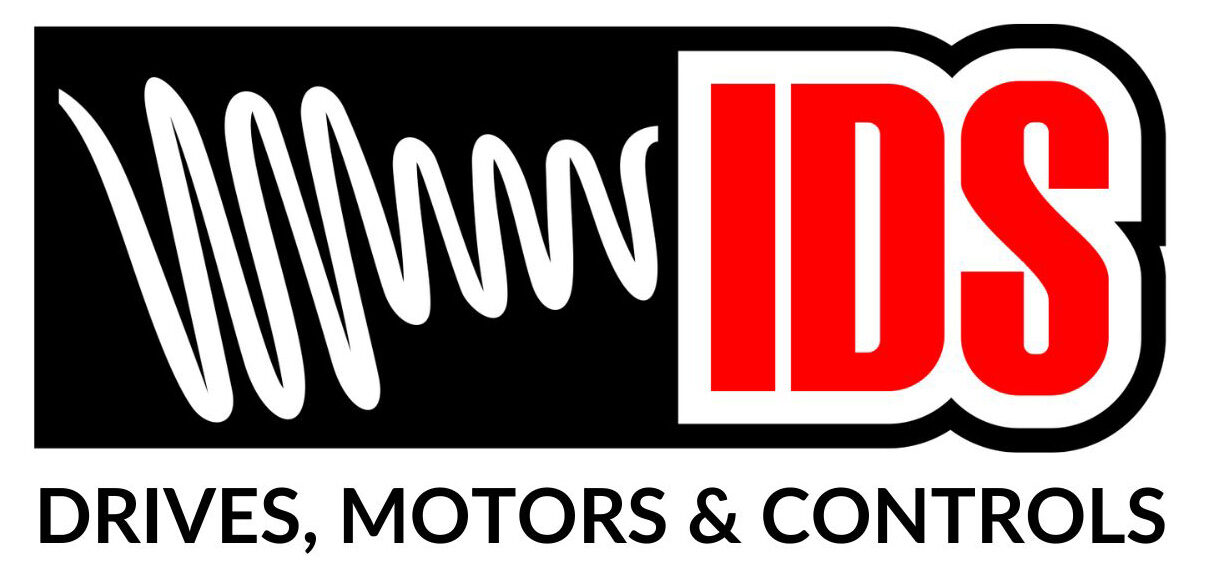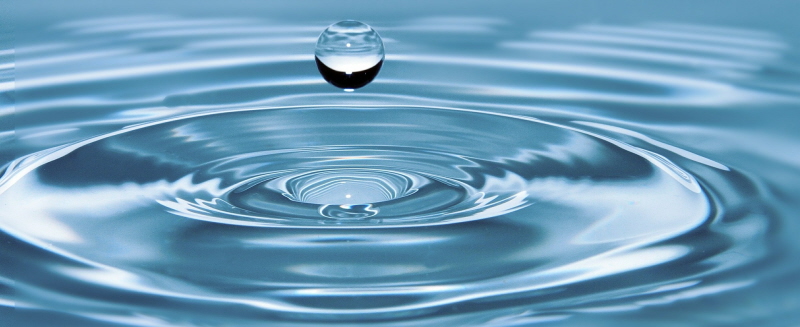Harmonic Pollution in the Water Industry
This week we feature a recent article from ABB’s water industry manager for UK & IE, Stuart Foster. Writing in Drives & Controls, Stuart explains the challenges Water Companies face when it comes to harmonic pollution:
“Have you noticed how a single word can mean one thing in one context, but something totally different in another?
Take harmonics for example – to a singer, it means the ability to sing more than one note at a time. Surfers have a different angle. For them it means the frequencies that govern the flexing behaviour of their surfboards.
Harmonic Pollution in the Water Industry
But for the water industry, harmonics are not beautiful or fun. They are a major headache and something the industry can’t afford to ignore.
Essentially, a harmonic current or voltage is one that is a multiple of the supply frequency, so a fifth harmonic is 250Hz.
The trouble is that these harmonic currents cannot be used by devices and just cause extra heat, damaging components.
All this damage means more maintenance, which means more cost. Ofwat’s new approach for asset management period 6 (AMP6) is designed to take out these costs, with a new emphasis on total expenditure, or TOTEX.
With TOTEX, the focus is on controlling operational and maintenance costs, so keeping harmonics and their damaging effects in check should therefore be a priority for water companies.
But it’s not just about AMP6. Just as water companies have a legal obligation to avoid discharging polluted effluent water to the environment, there is also a requirement to avoid electrical ‘pollution’ from harmonics, which can get out onto the supply network and cause problems for neighbouring homes and businesses.
To avoid this happening the electricity utilities have a requirement to enforce the Energy Networks Association’s (ENA) G5/4-1 recommendation, which sets strict limits on the level of harmonics emissions that are allowed.
Under G5/4-1, non-compliant installations can be refused permission to connect to the network, so it’s vital to get it right.”
The good news is that electrical harmonics can be beaten and we are happy to offer advice on reining them in. You can read more about harmonic pollution by clicking here. Alternatively, click here for an example harmonic distortion survey.
If you have any queries regarding harmonic pollution contact us on 0115 944 1036 or email [email protected]

